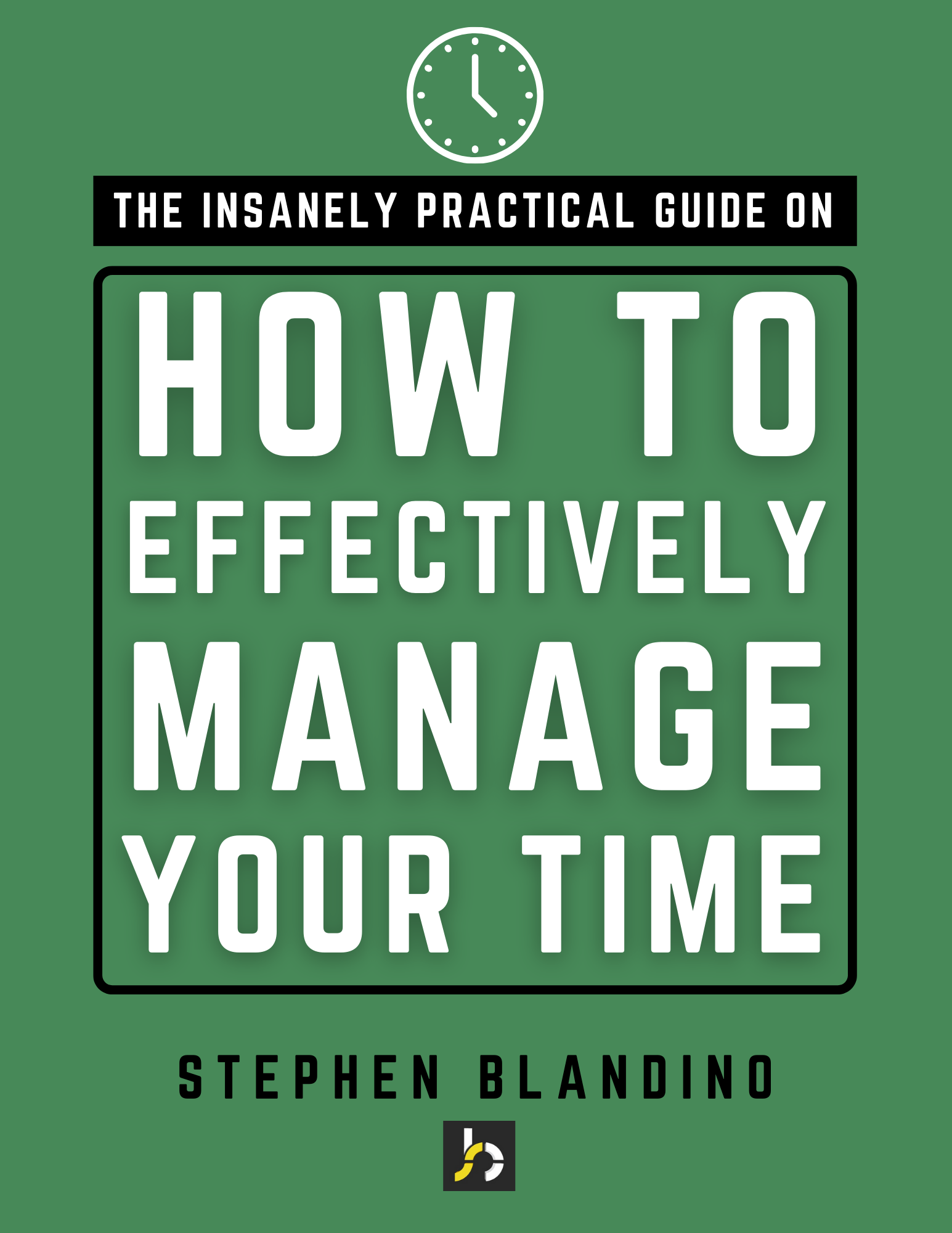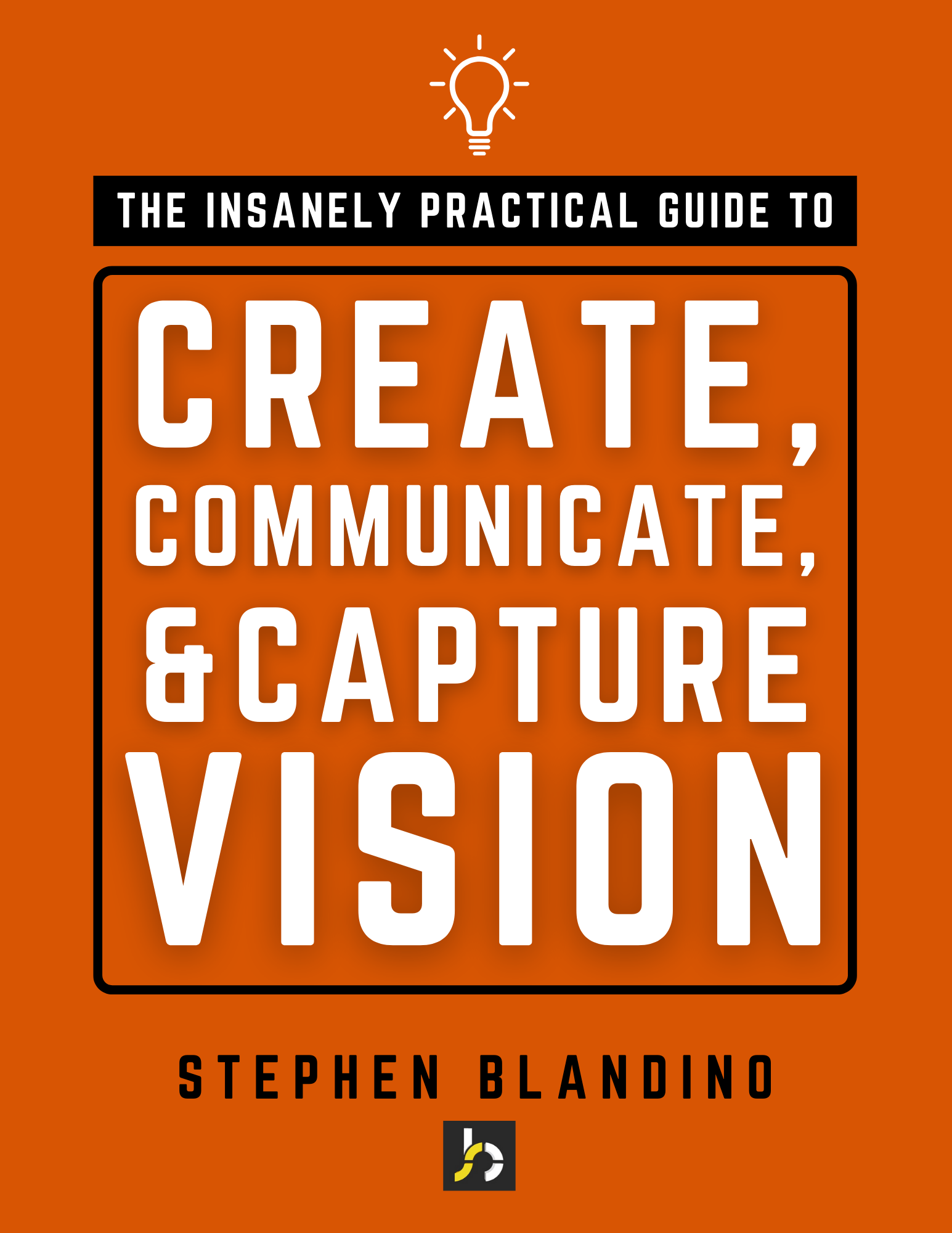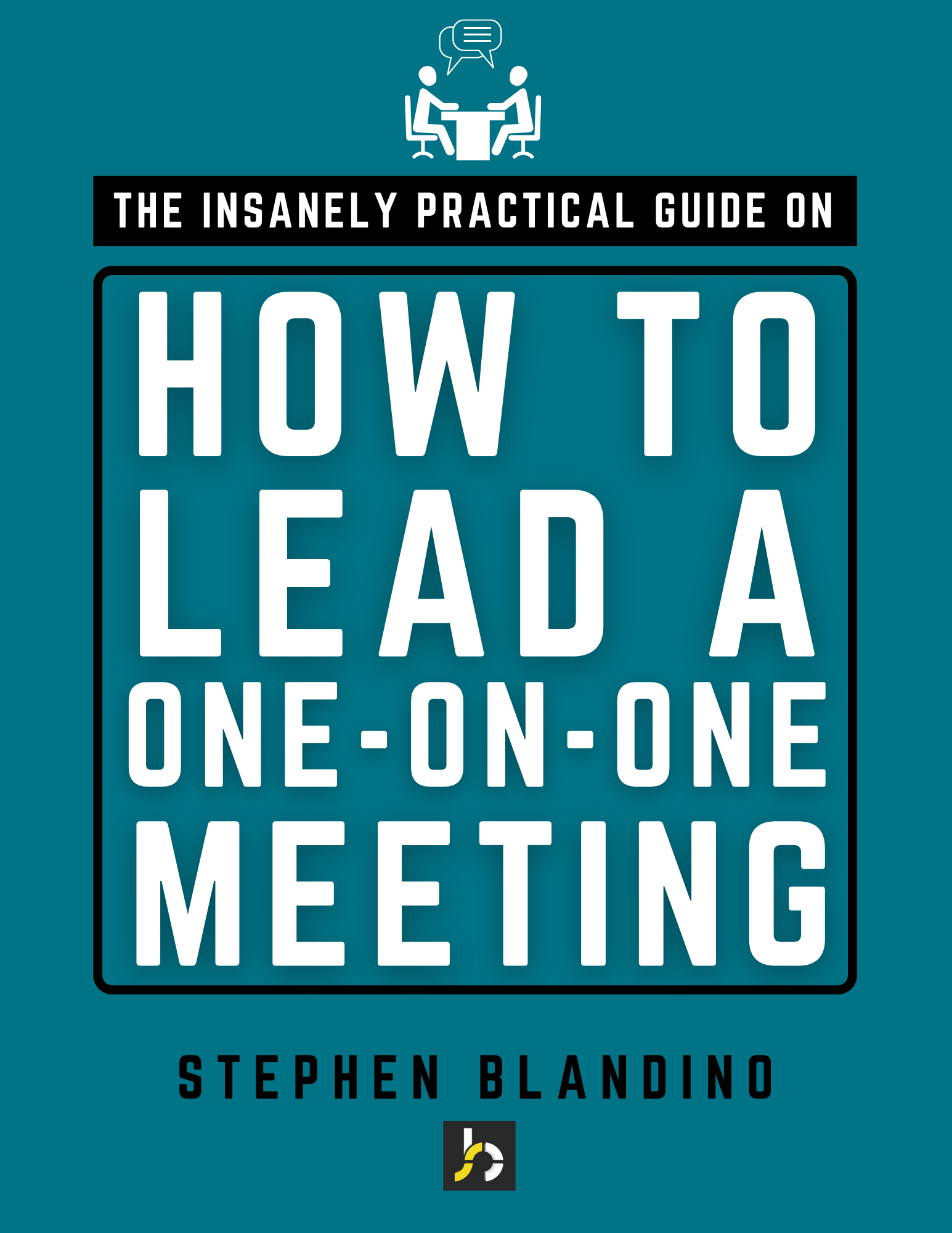People often envision biblical community in a somewhat unrealistic way. Some picture a nice, clean package of happy smiles where Christians don’t have any problems. They envision a small group of religious perfectionists sitting in someone’s living room, talking about God while impressing each other with the size of their Bible brains. That’s not community. It’s a myth. The truth is, community is messy.
Author Heather Zempel observes, “Community is messy because it always involves people, and people are messy. It’s about people hauling their brokenness and baggage into your house and dumping it in your living room.”
People are messed up. I’m messed up, you’re messed up, and we all have problems. Whether it’s anger, greed, lust, gossip, relationships, laziness, jealousy, insecurity, or pride, our lives are marred by sin, dysfunction, and struggles. If you don’t think you have a problem…that’s your problem.
We drag these problems into our relationships. But here’s the good news: In community with other followers of Christ, we find acceptance, love, and ultimately life.
Modern research validates the value of community. Bert Uchino, professor at the Universities of Utah and North Carolina, gathered 148 studies of over 300,000 people. The research revealed that people who socialize regularly with family and friends live an average of 3.7 years longer than people who are less connected.
So what is community? The dictionary defines community as “a feeling of fellowship with others, as a result of sharing common attitudes, interests, and goals.” What is the common interest we share in Biblical community? It’s our relationship with Jesus. It’s the cross of Christ.
In the New Testament, as the early church begins, the most incredible example of community comes to life. If you look closely at this community, you discover these four qualities that set it apart.
1. Devotion
Acts 2:42-43 says, “They devoted themselves to the apostles’ teaching and to fellowship, to the breaking of bread and to prayer. Everyone was filled with awe at the many wonders and signs performed by the apostles” (NIV).
The early church was devoted to spiritual and relational vitality. Teaching, prayer, and miracles were signs of their spiritual devotion. Fellowship and the breaking of bread were signs of their relational devotion. They viewed community as the context for knowing God and knowing others. Their lives were enriched by “togetherness.” This relational connection was a place to belong and become.
2. Compassion
Acts 2 continues, “All the believers were together and had everything in common. They sold property and possessions to give to anyone who had need” (44-45, NIV).
Over the years I’ve noticed that – right or wrong – people rarely experience compassion when they’re not engaged in community. Why? I believe it’s because there’s an intrinsic giving and receiving side of compassion, and both sides are present in community.
When your life falls apart, you lose your job, or you’re in the hospital, compassion often comes from your community of close friends. When others in your community find themselves struggling with similar needs, you have the opportunity to serve them. In community, with other followers of Christ, we experience both sides of compassion. In fact, it’s community that helps us face unexpected circumstances in life.
3. Frequency
Acts 2:46-47a says, “Every day they continued to meet together in the temple courts. They broke bread in their homes and ate together with glad and sincere hearts, praising God and enjoying the favor of all the people” (NIV, emphasis added).
The early church didn’t let “options” get in their way. You could argue they had fewer options to choose from. That may be true, but they also had fewer conveniences. Today, options sound like this: “I’ll engage in community unless…
- A friend calls to go to dinner
- My favorite sports team is playing
- The weather’s nice so we should head to the lake
- I have a busy workweek ahead
In other words, we’ll engage in community if nothing better comes along. Everybody wants friends, but nobody wants frequency. Frequency means I might be inconvenienced. Frequency means I’m going to put a community mindset above an individualistic mindset. In our self-made culture, that kinda rubs us wrong. And yet, frequency increases intimacy in community.
[bctt tweet=”Everybody wants friends, but nobody wants frequency. Frequency increases intimacy in community”]
Intimacy means the relationship is more than a casual acquaintance…it’s a real friendship. You can’t experience that kind of relationship without frequency. It takes commitment. Hebrews 10:23-25 says, “Let us hold tightly without wavering to the hope we affirm, for God can be trusted to keep his promise. Let us think of ways to motivate one another to acts of love and good works. And let us not neglect our meeting together, as some people do, but encourage one another, especially now that the day of his return is drawing near” (NLT).
4. Growth
This passage concludes with an interesting statement. “And the Lord added to their number daily those who were being saved” (Acts 2:47b, NIV). This phrase fits the passage, but seems to have a different flavor from the previous description of community.
I don’t believe this is an accident. When you look at the teachings of Jesus, He made it very clear that two qualities – LOVE and UNITY – would actually precipitate people coming to God?
John 13:34-35 says, “Let me give you a new command: Love one another. In the same way I loved you, you love one another. This is how everyone will recognize that you are my disciples—when they see the love you have for each other” (MSG).
Then, in John 17, Jesus prays for his disciples: “I pray that they will all be one, just as you and I are one—as you are in me, Father, and I am in you. And may they be in us so that the world will believe you sent me” (John 17:21, NLT).
In other words, the love we have for each other, and the unity we have with each other, should convince our unbelieving friends to believe in Jesus. Perhaps the words of pastor and theologian Francis Schaeffer puts it in perspective: Schaeffer noted that the observable love of Christians was the final apologetic. So what does that mean. In her book, Community is Messy, Heather Zempel provides some great clarity:
“Apologetics is a branch of theology concerned with the defense of the Christian faith, and we often think of it in terms of defending the historicity and truthfulness of Scripture. But Schaeffer makes a statement that moves apologetics from the cerebral to the practical. He states that we – the family of God, the body of Christ, the church, the community that we experience – should be the ultimate and final proof of God…at the end of the day, the definitive proof is in the way we relate to one another. That’s the final apologetic.”
This is what marked the community experienced by early Christians. Their community was marked by devotion, compassion, frequency, and growth. Are you in community today? If so, what characterizes your community with other Christians?








